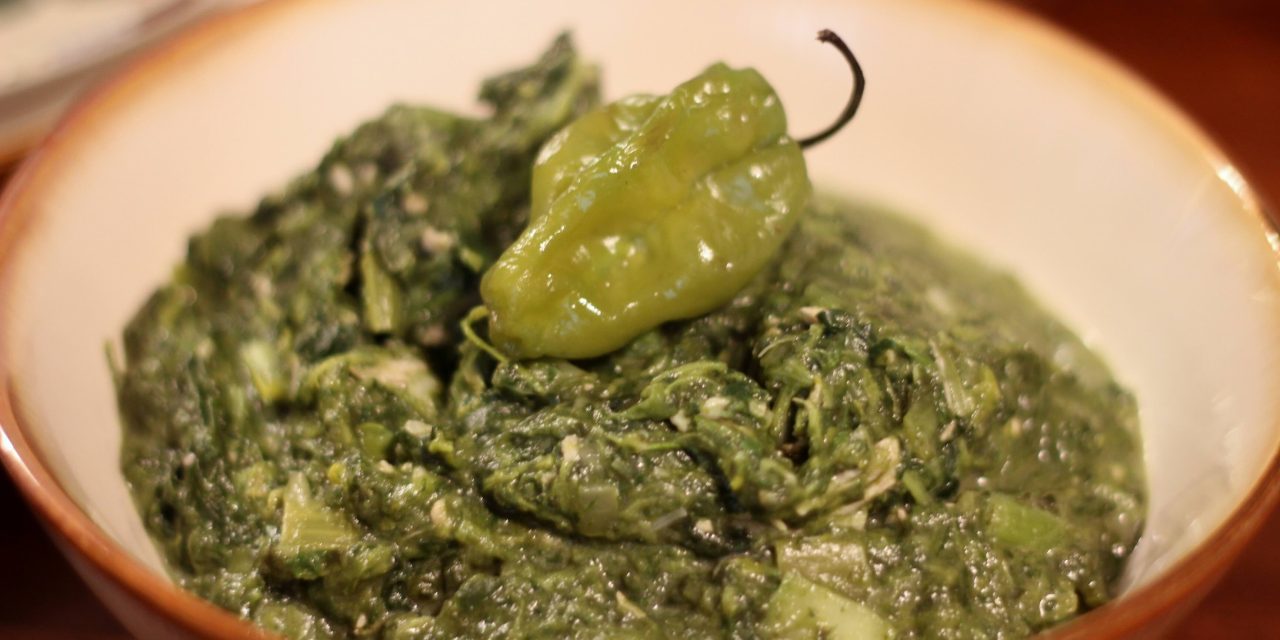History of Callaloo
Callaloo, a leafy green vegetable deeply embedded in Caribbean culinary tradition, traces its origins to West Africa. It was brought to the Caribbean by enslaved Africans during the Colonial era. The vegetable is not only a staple in Caribbean diets but also a cultural symbol of resilience and adaptability. Historically, different Caribbean islands have adopted and adapted callaloo in their own unique ways, creating signature dishes that define their local cuisines.
The term callaloo refers not only to the plant but also to a dish prepared using the greens. Depending on the island, the vegetable could refer to amaranth, taro leaves, or water spinach. It serves as a vibrant link between African heritage and Caribbean identity.
Nutritional Profile of Callaloo
Callaloo is a nutritional powerhouse. It is rich in:
- Vitamins: A, C, and K
- Minerals: Iron, calcium, and magnesium
- Fiber: Promotes digestive health
- Antioxidants: Support immune function and combat inflammation
Low in calories but packed with nutrients, callaloo is an ideal vegetable for maintaining overall health and wellness.
Dishes Featuring Callaloo
- Jamaican Steamed Callaloo: A simple dish prepared with garlic, onions, tomatoes, and Scotch bonnet peppers, often served with fried dumplings or boiled green bananas.
- Trinidadian Callaloo Soup: Made with dasheen (taro) leaves, okra, coconut milk, and seasonings.
- Grenadian Callaloo Soup: Similar to Trinidad’s version but with the addition of crab or salted meats for extra flavor.
Callaloo can also be added to rice dishes, stir-fries, and even smoothies for a nutritional boost.
Caribbean Countries That Use Callaloo
- Jamaica: Steamed callaloo is a staple breakfast dish.
- Trinidad and Tobago: Callaloo soup is a Sunday favorite.
- Grenada: Known for their crab and callaloo dish.
- Dominica: Callaloo soup is often served with dumplings and salted meats.
Each island has tailored this leafy green to its palate, making it a versatile vegetable in the region.
Cultural Significance
Callaloo isn’t just food; it’s a cultural symbol. In festivals and family gatherings, callaloo dishes often make appearances as a reminder of shared history and resilience.

